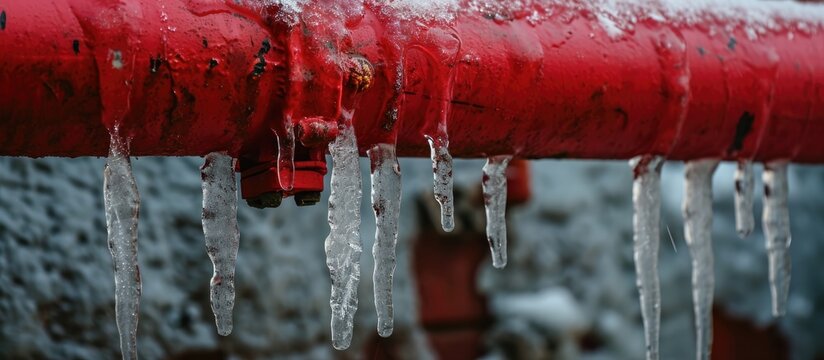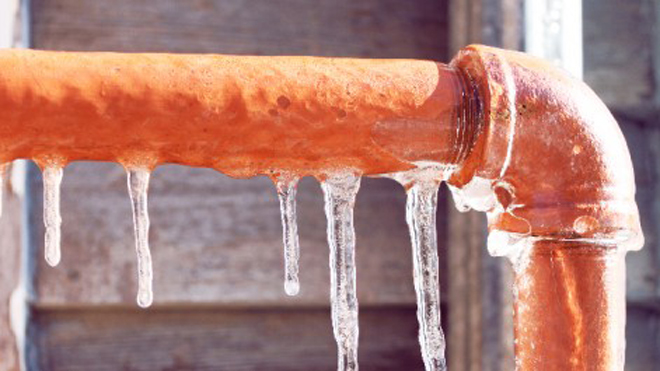Tips to Keep Your Pipes from Freezing Issues: Crucial Guidance
Contact UsOn this page on the next paragraphs you'll find some good quality advice all about How to Prevent Your Pipes From Freezing.

Cold weather can wreak havoc on your pipes, specifically by freezing pipelines. Right here's exactly how to avoid it from occurring and what to do if it does.
Introduction
As temperatures decrease, the danger of icy pipelines increases, possibly bring about expensive repair work and water damages. Recognizing exactly how to stop frozen pipelines is important for property owners in cold climates.
Comprehending Frozen Pipes
What triggers pipelines to ice up?
Pipes ice up when subjected to temperatures listed below 32 ° F (0 ° C) for extended periods. As water inside the pipes freezes, it expands, putting pressure on the pipeline wall surfaces and possibly creating them to rupture.
Threats and damages
Icy pipes can result in water supply interruptions, residential property damage, and expensive repairs. Burst pipelines can flood homes and create considerable architectural damages.
Indicators of Frozen Pipes
Identifying frozen pipes early can prevent them from breaking.
Just how to recognize icy pipelines
Try to find reduced water circulation from faucets, unusual odors or noises from pipelines, and visible frost on exposed pipelines.
Avoidance Tips
Protecting susceptible pipes
Wrap pipelines in insulation sleeves or utilize warm tape to protect them from freezing temperature levels. Concentrate on pipelines in unheated or outside areas of the home.
Home heating methods
Keep indoor areas sufficiently heated, specifically areas with pipes. Open cabinet doors to permit cozy air to circulate around pipelines under sinks.
Shielding Exterior Plumbing
Yard hose pipes and exterior faucets
Separate and drain yard pipes before wintertime. Mount frost-proof spigots or cover outside taps with protected caps.
What to Do If Your Pipelines Freeze
Immediate actions to take
If you believe frozen pipelines, keep faucets open up to relieve stress as the ice melts. Utilize a hairdryer or towels taken in warm water to thaw pipes gradually.
Long-Term Solutions
Architectural adjustments
Think about rerouting pipelines away from exterior walls or unheated areas. Include added insulation to attic rooms, basements, and crawl spaces.
Upgrading insulation
Purchase high-quality insulation for pipes, attics, and walls. Appropriate insulation assists maintain consistent temperatures and decreases the danger of frozen pipes.
Final thought
Stopping icy pipes calls for aggressive procedures and fast actions. By comprehending the causes, signs, and preventive measures, homeowners can shield their pipes during cold weather.
5 Ways to Prevent Frozen Pipes
Drain Outdoor Faucets and Disconnect Hoses
First, close the shut-off valve that controls the flow of water in the pipe to your outdoor faucet. Then, head outside to disconnect and drain your hose and open the outdoor faucet to allow the water to completely drain out of the line. Turn off the faucet when done. Finally, head back to the shut-off valve and drain the remaining water inside the pipe into a bucket or container. Additionally, if you have a home irrigation system, you should consider hiring an expert to clear the system of water each year.
Insulate Pipes
One of the best and most cost-effective methods for preventing frozen water pipes is to wrap your pipes with insulation. This is especially important for areas in your home that aren’t exposed to heat, such as an attic. We suggest using foam sleeves, which can typically be found at your local hardware store.
Keep Heat Running at 65
Your pipes are located inside your walls, and the temperature there is much colder than the rest of the house. To prevent your pipes from freezing, The Insurance Information Institute suggests that you keep your home heated to at least 65 degrees, even when traveling. You may want to invest in smart devices that can keep an eye on the temperature in your home while you’re away.
Leave Water Dripping
Moving water — even a small trickle — can prevent ice from forming inside your pipes. When freezing temps are imminent, start a drip of water from all faucets that serve exposed pipes. Leaving a few faucets running will also help relieve pressure inside the pipes and help prevent a rupture if the water inside freezes.
Open Cupboard Doors
Warm your kitchen and bathroom pipes by opening cupboards and vanities. You should also leave your interior doors ajar to help warm air circulate evenly throughout your home.

We are very fascinated by Helpful Tips to Prevent Frozen Pipes this Winter and I'm hoping you appreciated the blog entry. So long as you liked our blog entry plz be sure to share it. Thank-you for taking the time to read it.
Schedule Now